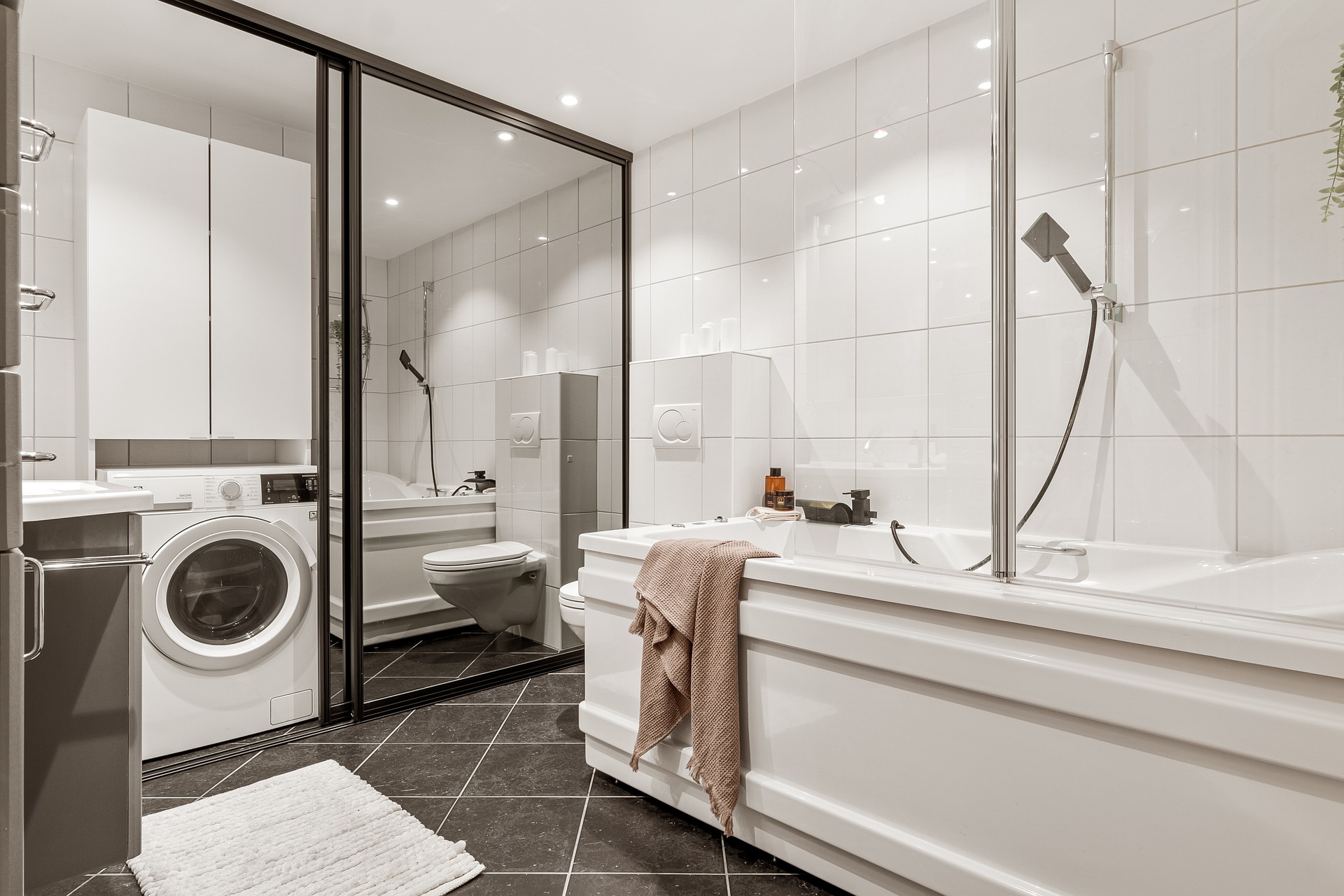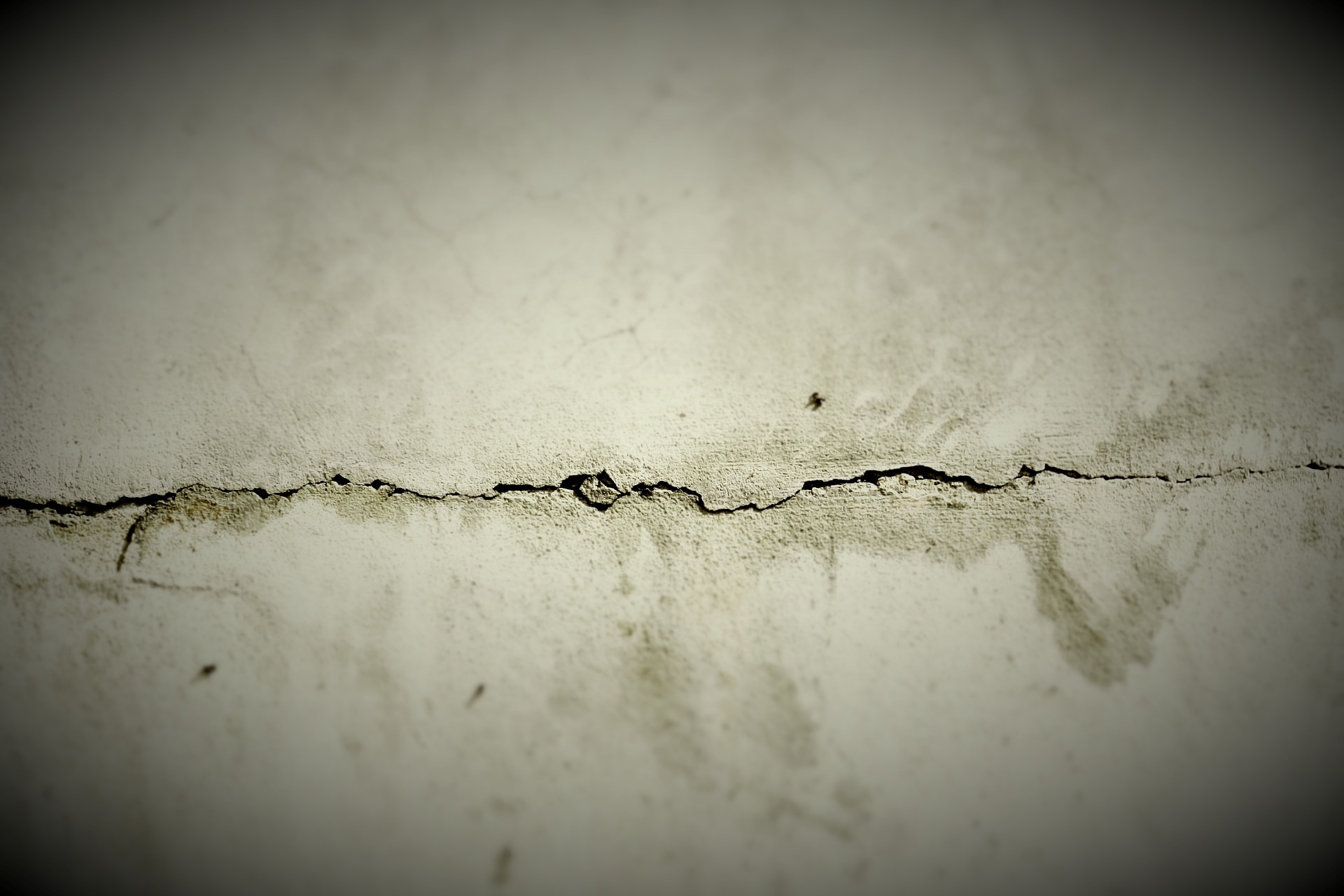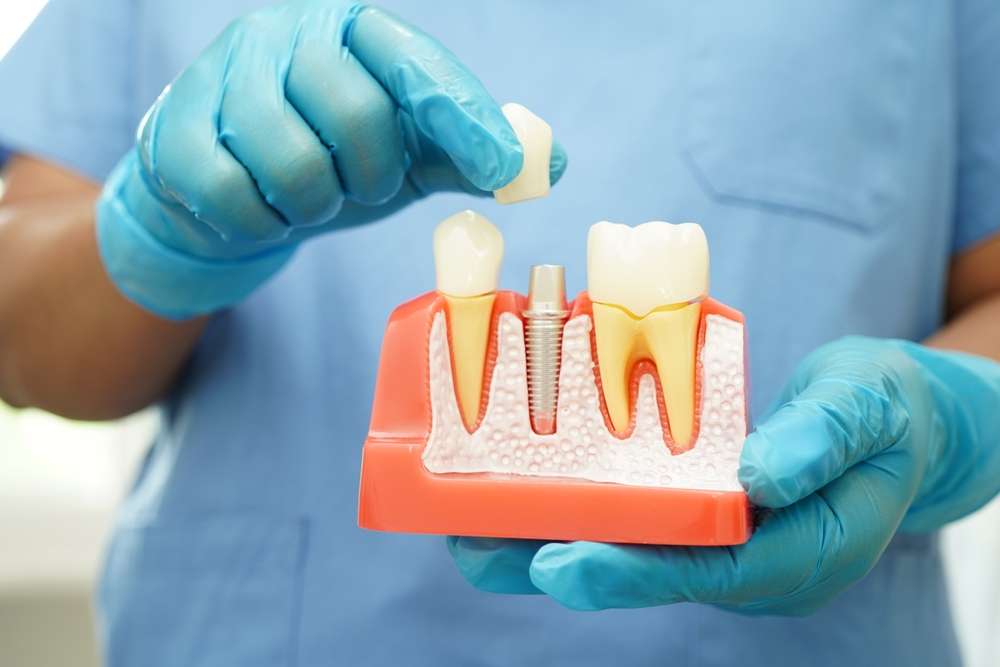Bathroom Renovation Ideas 2026: What’s In and What’s Out in the UK
Bathroom trends in the UK are shifting again in 2026, with homeowners prioritising comfort, practicality and subtle luxury. This guide highlights the styles gaining popularity, the features fading away, and what to consider when planning a modern and long-lasting bathroom remodel.
Bathroom Renovation Ideas 2026: What’s In and What’s Out in the UK
Bathroom design in the UK is moving away from purely decorative upgrades towards spaces that work harder, last longer and support changing lifestyles. In 2026, style, sustainability and accessibility are coming together, with subtle smart tech sitting alongside natural materials and simple forms. Understanding what is gaining momentum, and which older trends are losing appeal, can help you plan a renovation that still feels fresh in years to come.
UK bathroom styles set to dominate 2026
The UK bathroom styles set to dominate 2026 place calm, comfort and easy cleaning at the centre of the design. Soft, desaturated colours such as warm greys, clay tones and muted greens are replacing very bright palettes. These work well with brushed brass, black or stainless steel fittings, which are now often chosen for their ability to age gracefully rather than to create a sharp contrast.
Natural and nature inspired materials are also taking a stronger role. Porcelain or ceramic tiles that mimic stone or terrazzo are popular because they provide the look of natural finishes with the durability and slip resistance required in a wet room. Wall hung vanities and toilets help free up floor space, making even compact UK bathrooms feel more open and easier to clean.
Features that improve comfort and accessibility
Features that improve comfort and accessibility are increasingly viewed as standard, not specialist extras. Walk in showers with low or level trays are preferred to high step enclosures, as they are easier to enter and exit for people of all ages. Non slip flooring, whether textured porcelain tiles or vinyl, is becoming a common request in family homes.
Comfort is also enhanced through thoughtful layouts and fittings. Comfort height toilets, wider doorways and strategically positioned grab bars can all support mobility without making the space feel clinical. Built in seating, such as a tiled bench in a shower, adds both convenience and safety. Layered lighting, combining bright task lighting with softer ambient options, helps users adjust the room to their needs at different times of day.
Smart and energy-efficient bathroom upgrades
Smart and energy efficient bathroom upgrades for 2026 focus on saving water and power while remaining simple to use. In the UK, many households are choosing thermostatic mixer showers, dual flush toilets, low flow taps and LED lighting as standard. These products can reduce utility bills over time, although they usually cost more to buy and fit than basic alternatives. The table below gives a rough guide to typical product level costs from real UK suppliers, excluding installation and delivery.
| Product or service | Provider | Cost estimation |
|---|---|---|
| Thermostatic mixer shower | Mira Showers | Around £150 to £500 depending on model |
| Dual flush close coupled toilet | B and Q | Around £100 to £250 per unit |
| Frameless shower enclosure | Wickes | Around £250 to £600 for common sizes |
| Electric heated towel rail | Screwfix | Around £120 to £300 including valves |
| Straight acrylic bath replacement | Victoria Plum | Around £200 to £400 for bath only |
Prices, rates, or cost estimates mentioned in this article are based on the latest available information but may change over time. Independent research is advised before making financial decisions.
Beyond basic fittings, more households are experimenting with connected features, but in quieter ways than before. Simple additions such as humidity sensing extractor fans, underfloor heating with programmable controls and demisting mirrors can significantly increase comfort. Full smart speakers or large screens are less in demand inside bathrooms, with many people preferring discreet controls and minimal visible technology.
Bathroom trends that are fading out in 2026
Several bathroom trends that are fading out in 2026 reflect a move away from high maintenance or visually heavy designs. Very glossy surfaces, especially large expanses of high shine wall tiles, are losing favour due to water marks and fingerprints. Similarly, all white schemes with little texture can feel cold and are being replaced by warmer neutrals with tactile finishes.
Statement pieces that dominate a small room are also being reconsidered. Freestanding baths are still desirable in larger spaces, but in compact UK bathrooms they can make cleaning and access difficult. Intricate mosaic feature walls and overly ornate taps or handles are giving way to simpler lines and more consistent materials that stand up better to daily use.
Planning renovation costs, materials and installers
Planning your renovation costs and materials, and choosing the right installer, is crucial for a successful UK project in 2026. As a broad guide, a modest refresh of a small bathroom, reusing most of the layout and mid range fixtures, might fall in the region of several thousand pounds, once labour, waste removal and finishing are included. A more extensive refit with new plumbing runs, premium tiles and custom joinery can easily reach into the low tens of thousands, particularly in higher cost regions or older properties.
Materials have a major impact on both budget and lifespan. Porcelain tiles usually cost more upfront than basic ceramic, but they are harder wearing and less porous. Solid surface or engineered stone worktops are more resistant to staining than laminate. When comparing products, consider not only the purchase cost but also expected durability, ease of maintenance and any warranties that apply.
Choosing the right installer is as important as selecting products. In the UK, it is advisable to look for bathroom fitters who can provide recent references, photographic evidence of completed projects and clear written quotes. For electrical work, use contractors registered with schemes such as NICEIC or NAPIT, and for gas related tasks ensure a Gas Safe registered engineer is involved. Checking public liability insurance and agreeing a detailed schedule before work begins can help reduce the risk of disputes later on.
A considered approach to both design and planning can produce a bathroom that suits current needs while remaining flexible for the future. By focusing on timeless styles, practical comfort features and careful investment in efficient products and skilled installation, a 2026 bathroom renovation in the UK can stay appealing and functional well beyond the immediate trend cycle.





